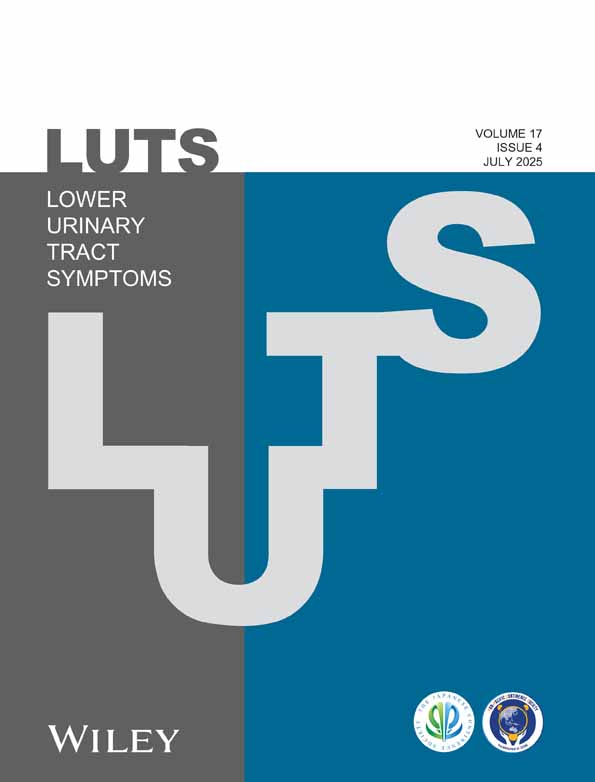Is Vaginal Prosthetic Surgery Always to Be Avoided? Analysis of the Efficacy and Safety of Vaginal Mesh With 3 Levels-De Lancey Attachment in Women With Recurrent Vaginal Vault Prolapse
Funding: The authors received no specific funding for this work.
ABSTRACT
Objectives
The purpose of this research is to determine the effectiveness and safety of a vaginal mesh intended to resolve multicompartmental prolapse in individuals with substantial vaginal vault prolapse.
Methods
From 2015 to 2020, 67 patients with recurrent apical prolapse ≥ III stage (POP-Q grading) underwent transvaginal vault repair using the isoelastic mesh InGYNious. Operative time, blood transfusions, spontaneous voiding, perioperative issues, postoperative hospital stay, and postoperative complications (early within 30 days and late after 30 days) were also investigated. Following the first preoperative examination, clinical and QoL questionnaires were examined both before and after surgery at the long-term follow-up (> 60 months).
Results
The average surgery duration was 41 ± 21 min, with an estimated blood loss of 50 ± 21 mL. The total number of surgical complications was eight (11.9%). The study discovered significant reductions in the apical (from 1.88 ± 2.59 to −6.73 ± 1.77) and anterior (from 1.34 ± 1.67 to −2.25 ± 0.95) deficiencies, as well as improvements in PQOL (from 67.72 ± 19.25 to 33.74 ± 7.48), PISQ-12 (from 29 to 36), FSFI (from 20 to 29), and FSDS (from 21 to 8). Finally, we identified three cases of full recurrence and only two occurrences needed reoperation.
Conclusions
Transvaginal mesh repair is a safe and effective surgical technique that can treat multi-compartment prolapse, improve anatomical success, and reduce the risk of recurrence in certain patient populations, such as those with significant comorbidities, elderly patients, patients with recurrent POP, or patients with very challenging cases of POP.
Conflicts of Interest
The authors declare no conflicts of interest.
Open Research
Data Availability Statement
The data that support the findings of this study are available from the corresponding author upon reasonable request.




